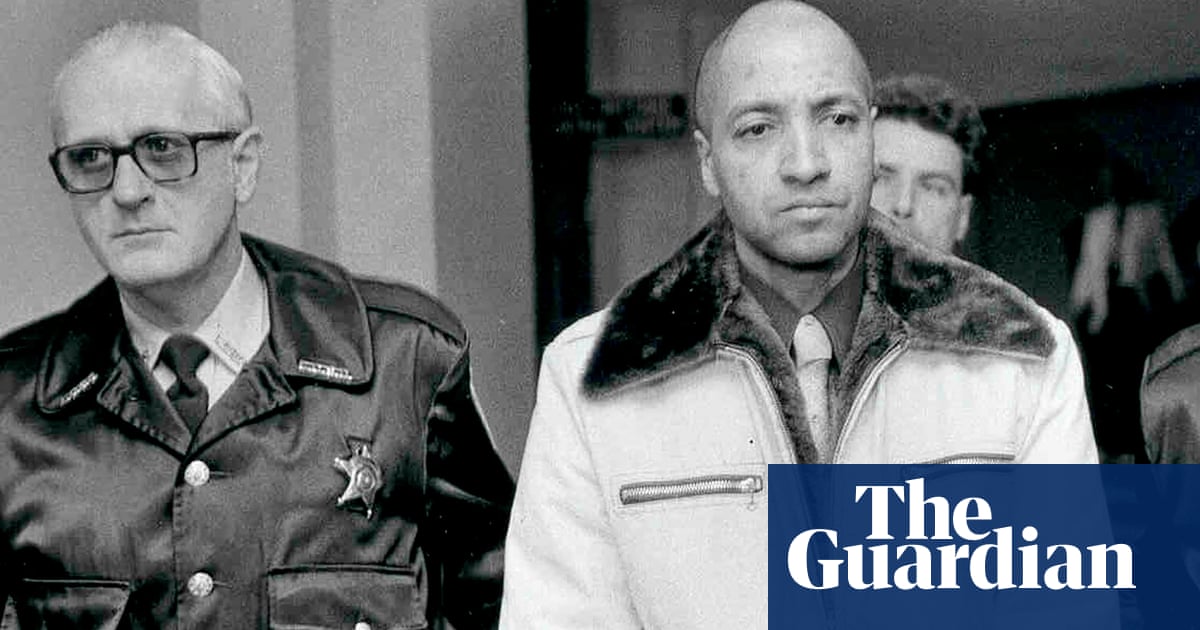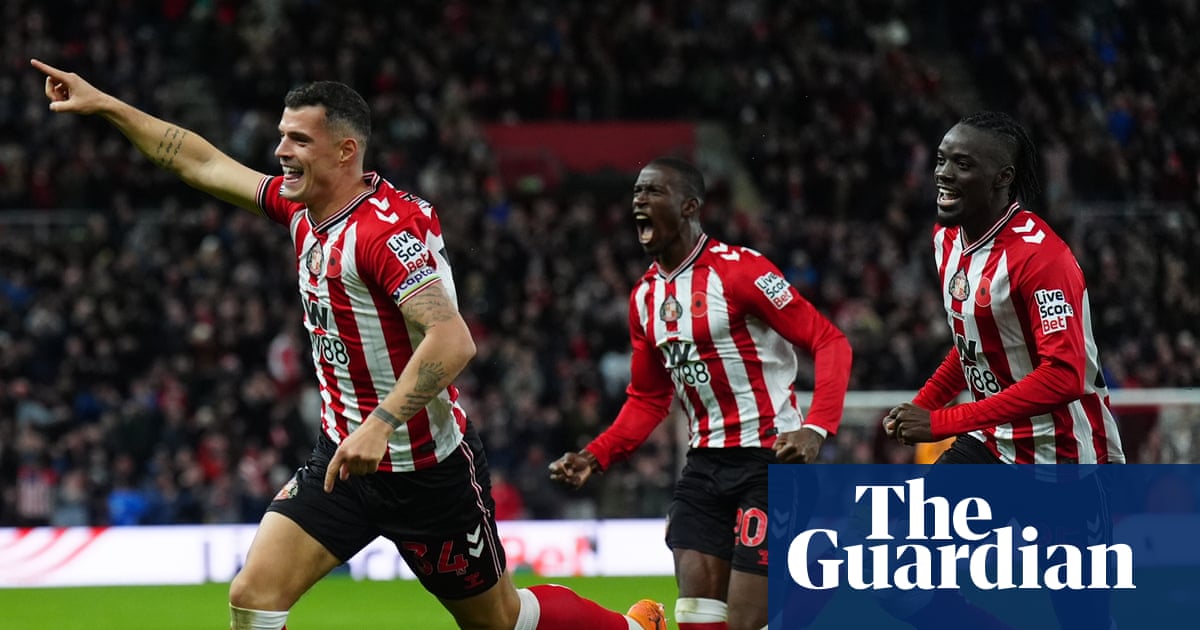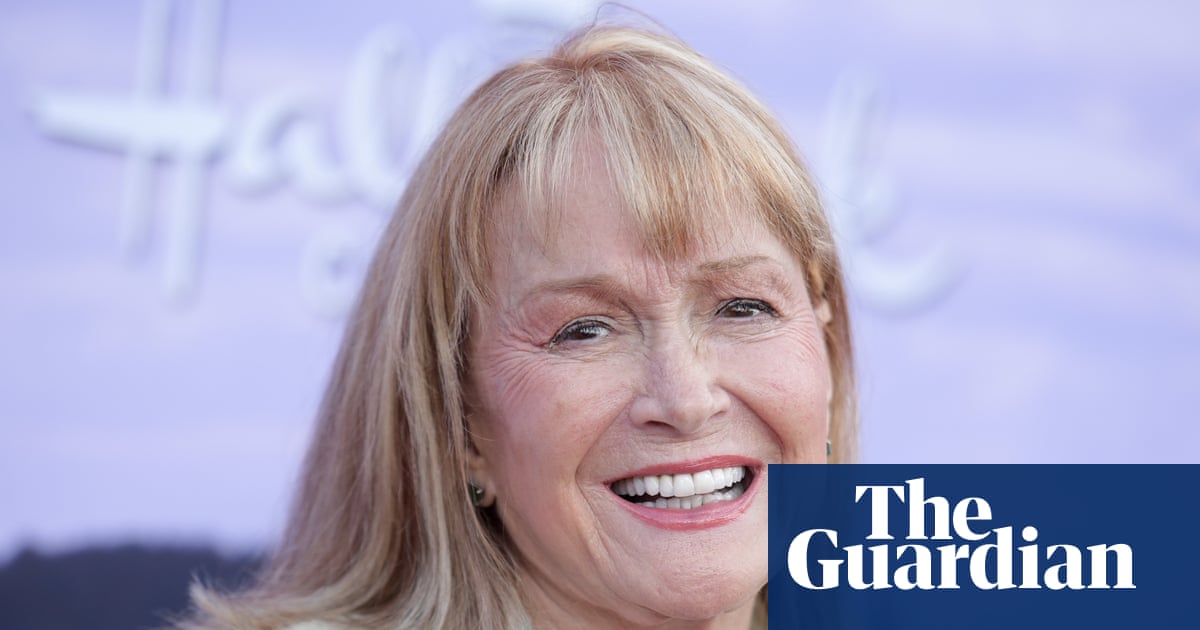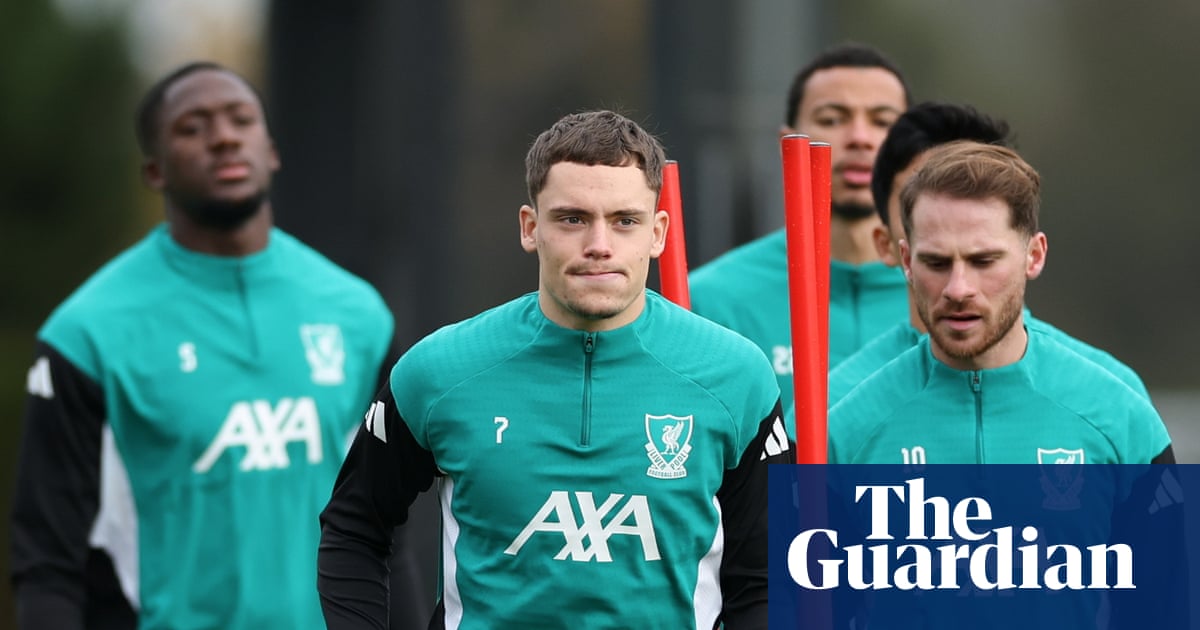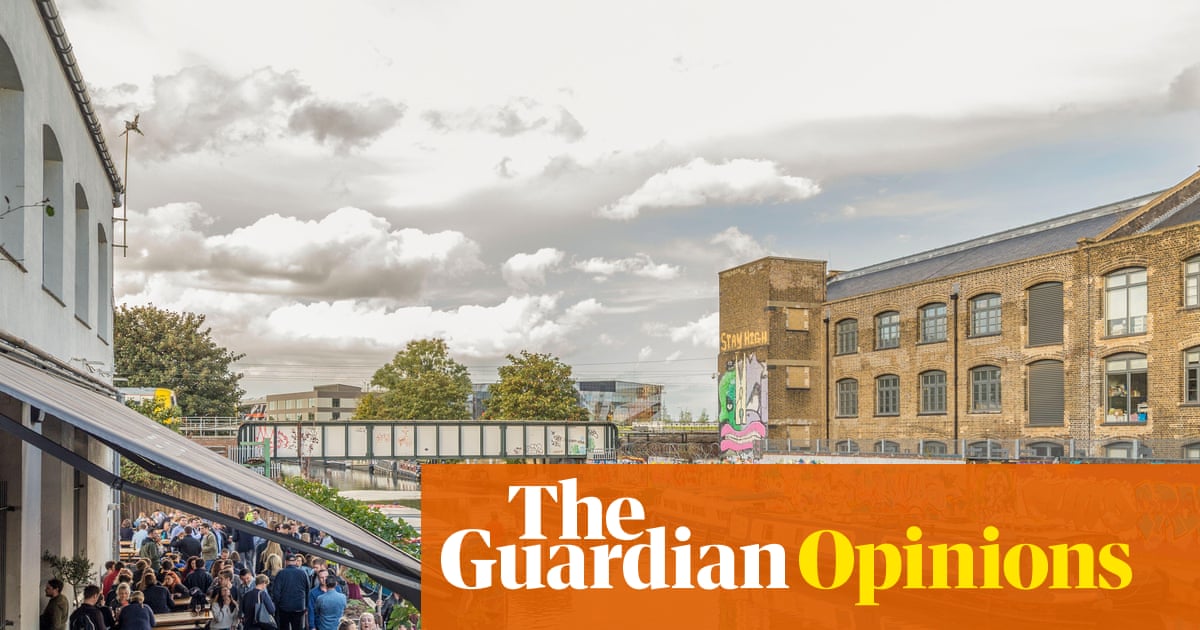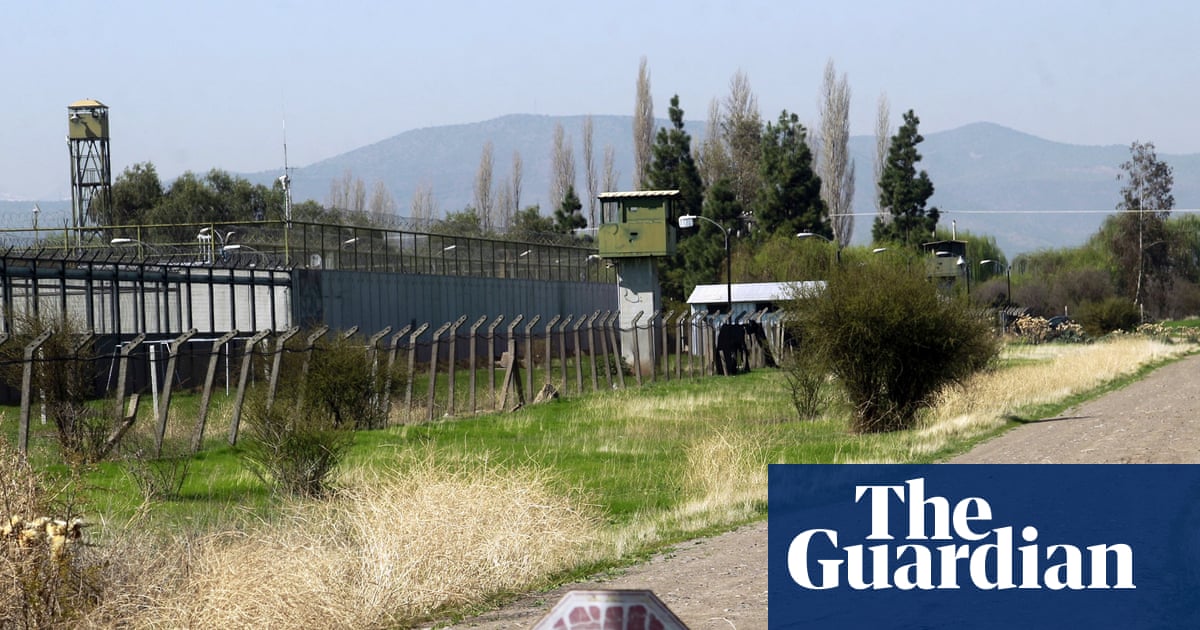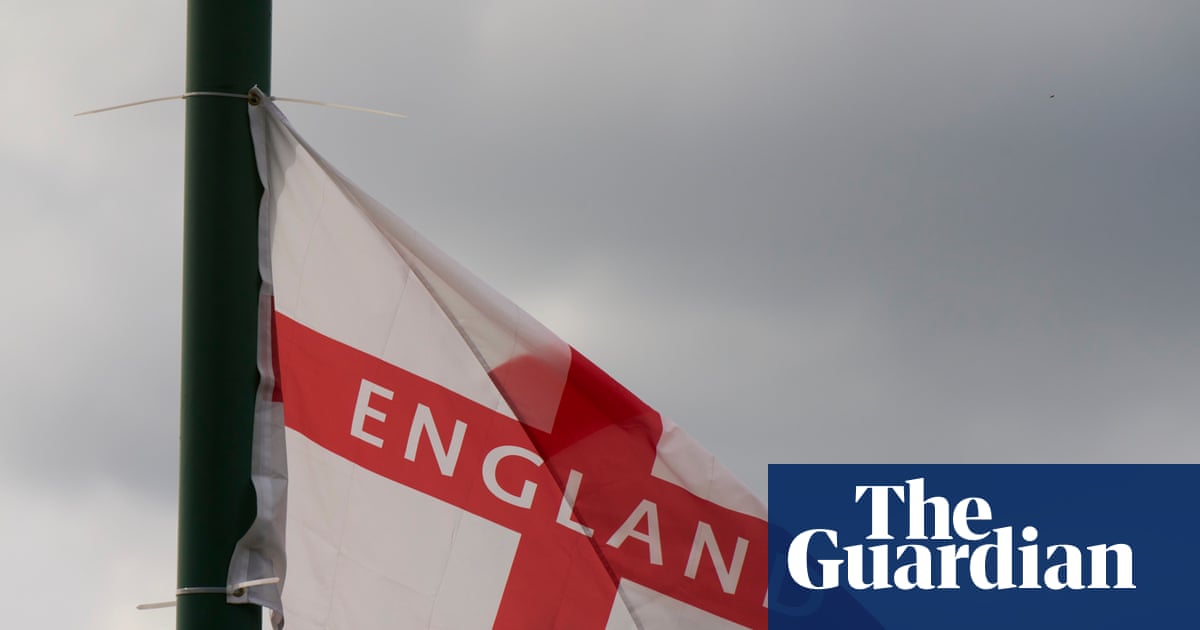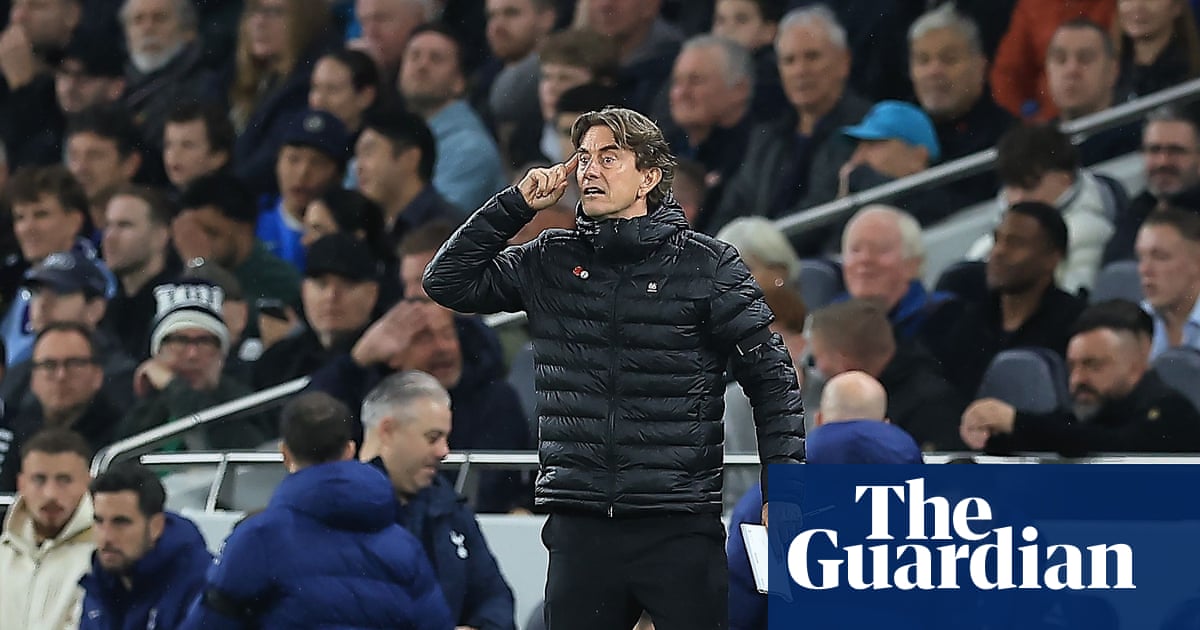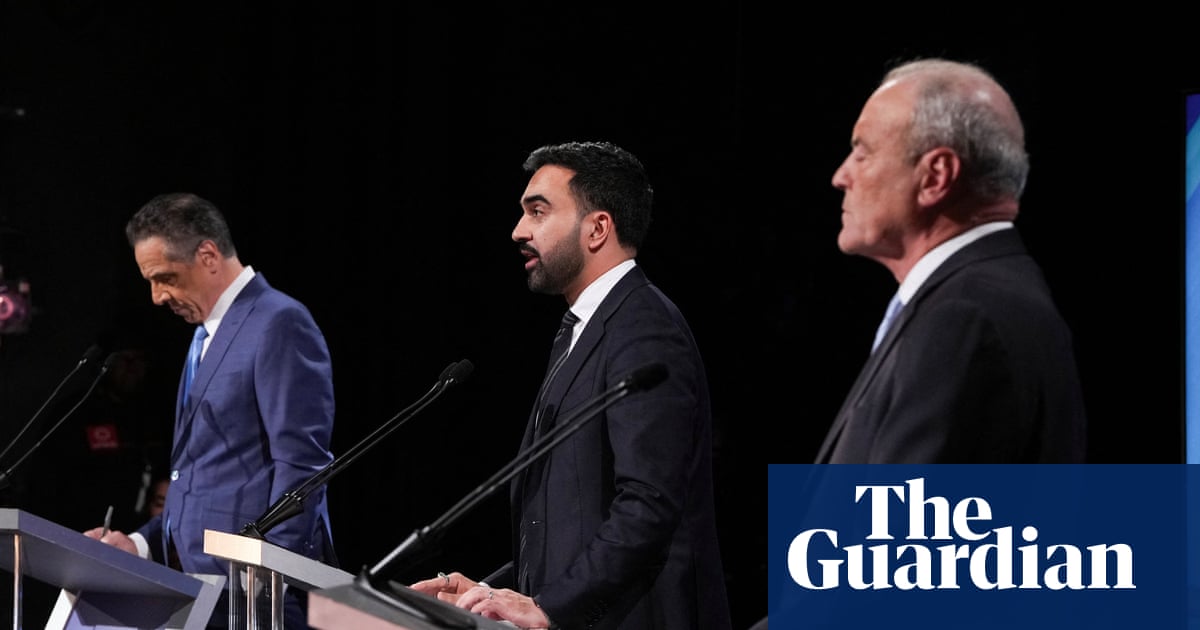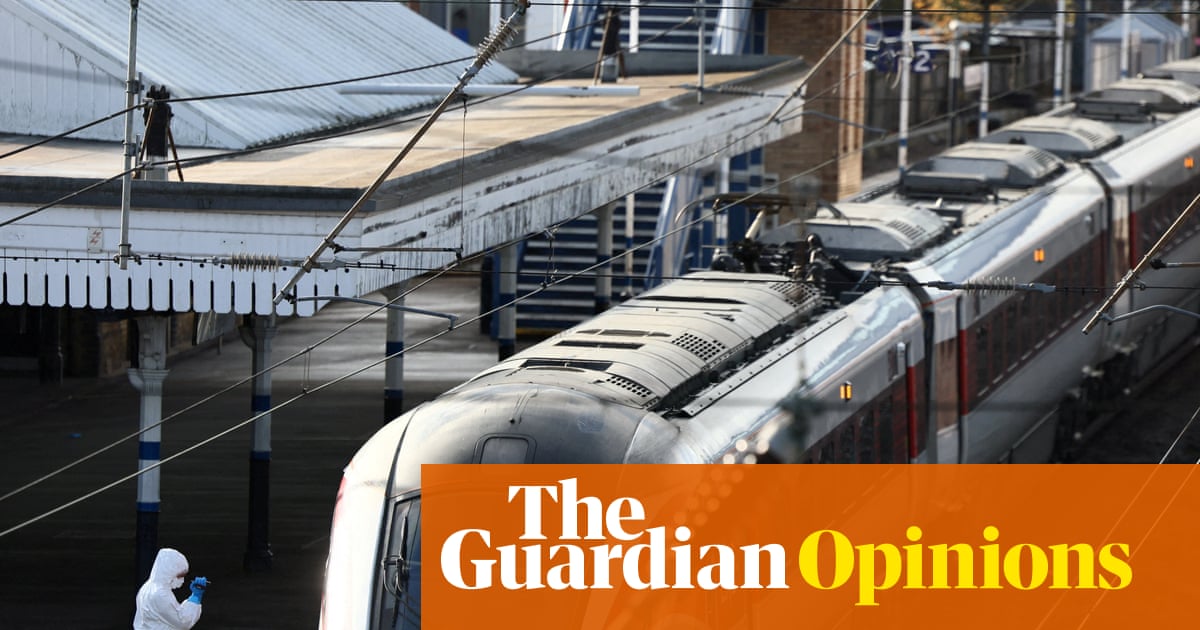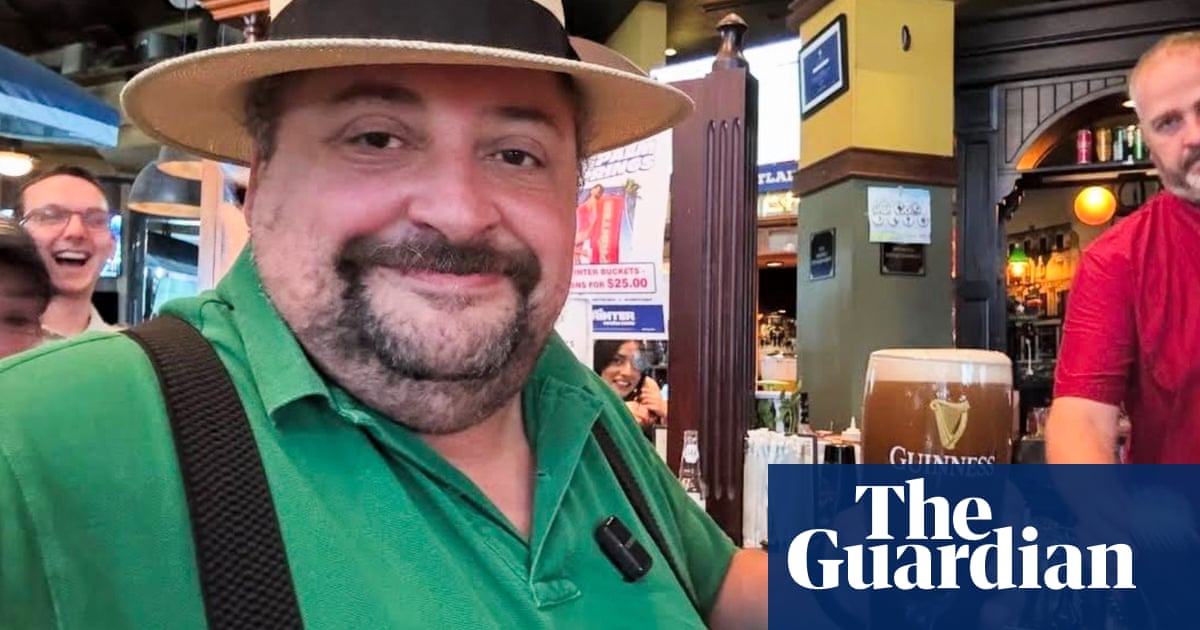Back in 2015, well into the twilight of his life, the artist and activist Gustav Metzger decided to embark on one last big project. Best known as the inventor of auto-destructive art – a response, he said, to the destructive horrors of the Holocaust – Metzger had also, over the course of a long career, been an inspirational teacher to Pete Townshend of the Who and campaigned for numerous causes including nuclear disarmament and vegetarianism. Now, on a video message barely three minutes long, he was making one final plea.
“I, Gustav Metzger, am asking for your participation in this worldwide call for a day of action to remember nature on November 4th, 2015,” he began, appealing to creatives to take a stand against the ongoing erasure of species. “Our task is to remind people of the richness and complexity in nature … and by doing so art will enter territories that are inherently creative.”
And so Remember Nature was born, a day in which artists across the country created responses to our unfolding climate catastrophe (the 89-year-old Metzger spent the day with students at Central Saint Martins in London who had been cutting out climate crisis stories from old issues of the Guardian).
“There was a great sense of urgency for him at the end of his life,” says Jo Joelson, one of the original curators of Remember Nature, as well as being a neighbour and carer for Metzger in his final years. “I just said to him – let’s not mess around. Let’s not wait for funding or for anyone to green light this. Let’s just do it.”

A decade on, Remember Nature might not have incited the mass movement across the arts that Metzger had wished for, but Joelson believes its ripples can still be felt in movements such as Culture Declares and Extinction Rebellion, as well as in the way artists approach the sustainability of their practices. That’s why she’s restaging it to mark its 10-year anniversary. Among the 18 lead artists involved this time are Cornelia Parker, Yu-Chen Wang, A Man Called Adam and Anya Gallaccio. They have all designed posters, recorded their own Remember Nature calls to action and created artworks set to be unveiled on 4 November 2025.
When I speak to Gallaccio she’s out in a field in Kent, helping plant apple trees that will grow to form a spiral-shaped orchard. Working with schoolchildren, her project is half artwork (the espalier trees will, in the future, look as if they’re holding hands with each other) and half educational workshop. As she tells me, the planning and planting sessions have already involved learning about maths (measuring out the spaces between trees), science (they discussed the apple’s DNA) and geography (tracing the stories of how different apples arrived in Britain).
“A lot of the apples were chosen because they’ve got funny names such as the Bloody Butcher or the Duck’s Bill,” says Gallaccio. “We have one apple that ‘bleeds’ red juice. They all have stories behind them. The decio apple was introduced by the Romans. The Flower of Kent is the apple that fell from a tree and landed on Isaac Newton’s head.”
Gallaccio wanted the children to be more actively aware of nature and the control we have over it. “For a lot of them, apples were just things you find in a supermarket, so I was encouraging them, next time they were out with whoever does the shopping, to look on the bag and see what they’re called and where they were grown. Hopefully it says Kent!”
Next year Gallaccio intends for the children to return to the orchard to harvest and taste the different apples – and hopefully form a connection with the trees that endures over the 20-year period the field has been reserved for. She also sees the orchard as a “very good visual marker of climate change and global warming” in that there is evidence already that our warmer seasons are making trees confused about what time of year it actually is. “It will be interesting to see what that means in terms of how the trees adapt and when they fruit or don’t fruit.”

The planting was filmed and a stream will be available to watch on 4 November, but of course Gallaccio’s project is just one of many. In London, Youngsook Choi’s Book of Loss will involve participants searching Tate Modern on a quest to find the seven major glaciers that have been lost in recent years. Each glacier will be drawn on the gallery’s windows and walls using ultraviolet markers. Whenever one is found, a bell will ring and a reading will be performed to commemorate that particular glacier.
Meanwhile, up in Barrow-in-Furness, Maddi Nicholson will be putting on a free exhibition about our disconnection from the land, as well as hosting a communal feast, prepared with organic, local produce. Over in Newcastle, Uta Kögelsberger is streaming her Some Kind of Love / Forest Choir, in which local singers embark on a mission to sing plants back to health in Newcastle’s Jesmond Dene.
Like Gallaccio, Cornelia Parker will be working with schoolchildren – on the day itself she is aiming to cover Cambridge’s Kettle’s Yard in kids’ letters and drawings that document their hopes and fears for the future. “Children’s words and images are powerful because they’re not as trammelled as adults,” she says in her call to action video. “What children have to offer to the world is something quite unique and hopefully it will provoke a sense of responsibility from us all. Children are innocent. They have fears about the future. But this shouldn’t be about fear – it should be about hope and us ensuring that they get a future.”
Paul Harfleet’s work also appeals to children. As a former drag queen, his Birds Can Fly project involves drawing birds and then dressing up as them – and for Remember Nature day he is planning to tackle Liverpool’s famous Liver bird. He is also staging a walking tour of the city, visiting various sites that have been part of his Pansy Project over the last two decades. That ongoing series began when he was living in Manchester and endured three incidents of homophobic abuse on a single day. In response, Harfleet decided to plant a pansy at the site of each occurrence and photograph it – the project has since spiralled to include incidents experienced by other people across the world. “I leave the pansies there but they don’t often last very long,” says Harfleet. “Apparently pigeons like to eat them, so they’re a very temporary memorial.”
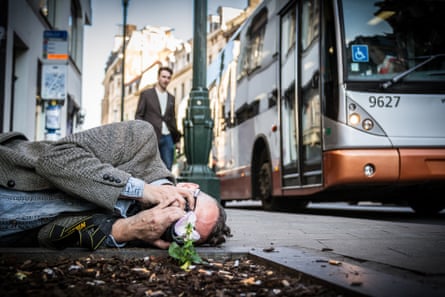
Harfleet chose the pansy not just for the obvious reason – it has long been a term of homophobic abuse – but also because its name derives from the French verb, penser, to think. “It became associated with a man who is thoughtful, and that, of course, is a terrible thing,” he says.
The plan on 4 November is to plant pansies at new locations and also replant flowers in places he has previously memorialised, all the while talking to those on the walking tour about the incidents and his memories of them. “There’s been quite a few since I last planted,” he says sadly.
Harfleet hopes his work – and that of other artists participating – will create conversations and spark debate, just like Metzger’s work. “I found it really moving the way he remained optimistic, even in old age,” he says.
Joelson also cherishes Metzger’s positive nature, and says that’s what guided her to restage Remember Nature in the first place. “We wanted to offer something compelling and empowering rather than doomy and gloomy, which we’re bombarded with all the time,” she says. “We can’t live our lives in darkness, so let’s use his mantra instead: go forwards, with hope!”

 7 hours ago
10
7 hours ago
10
